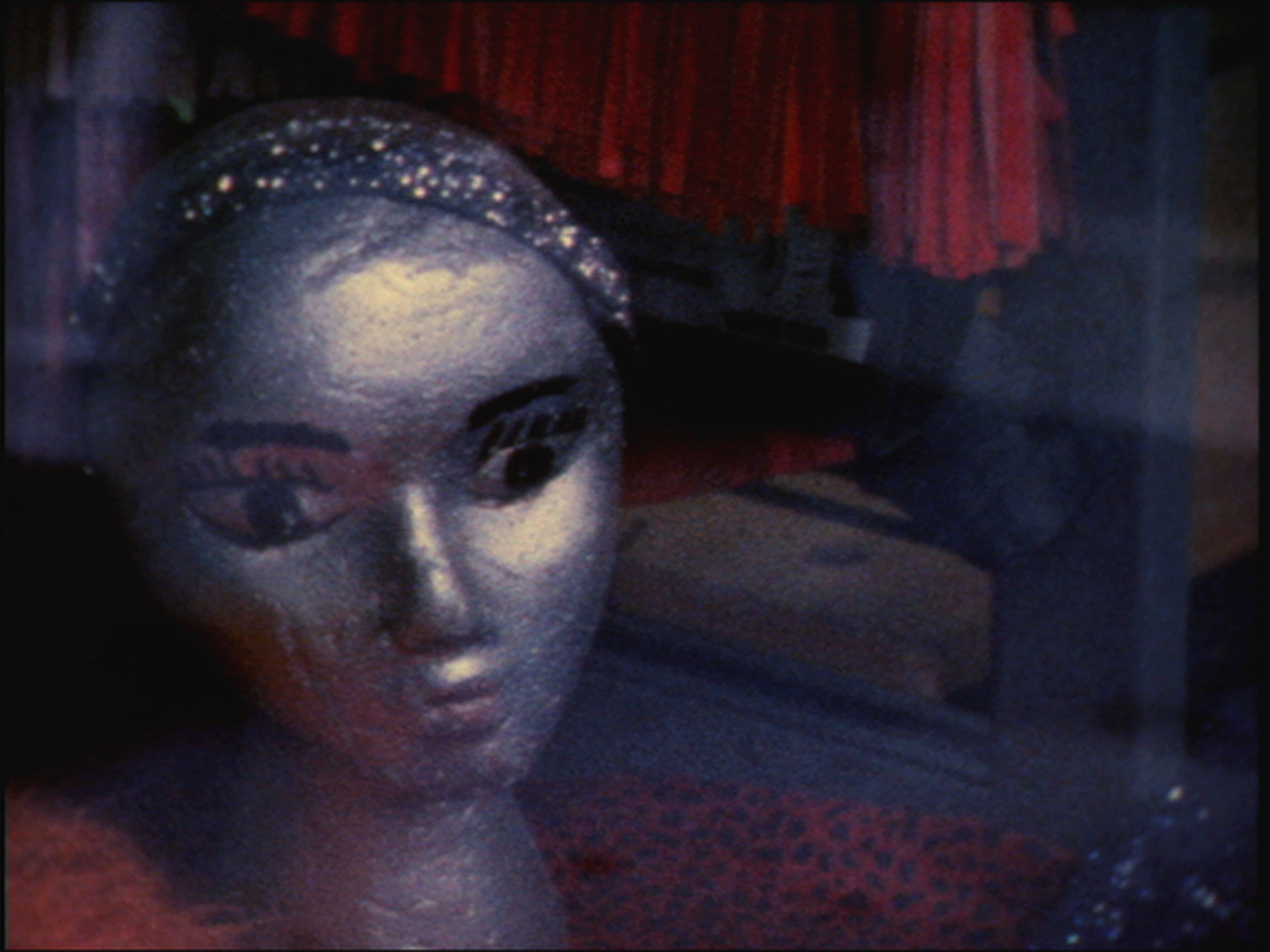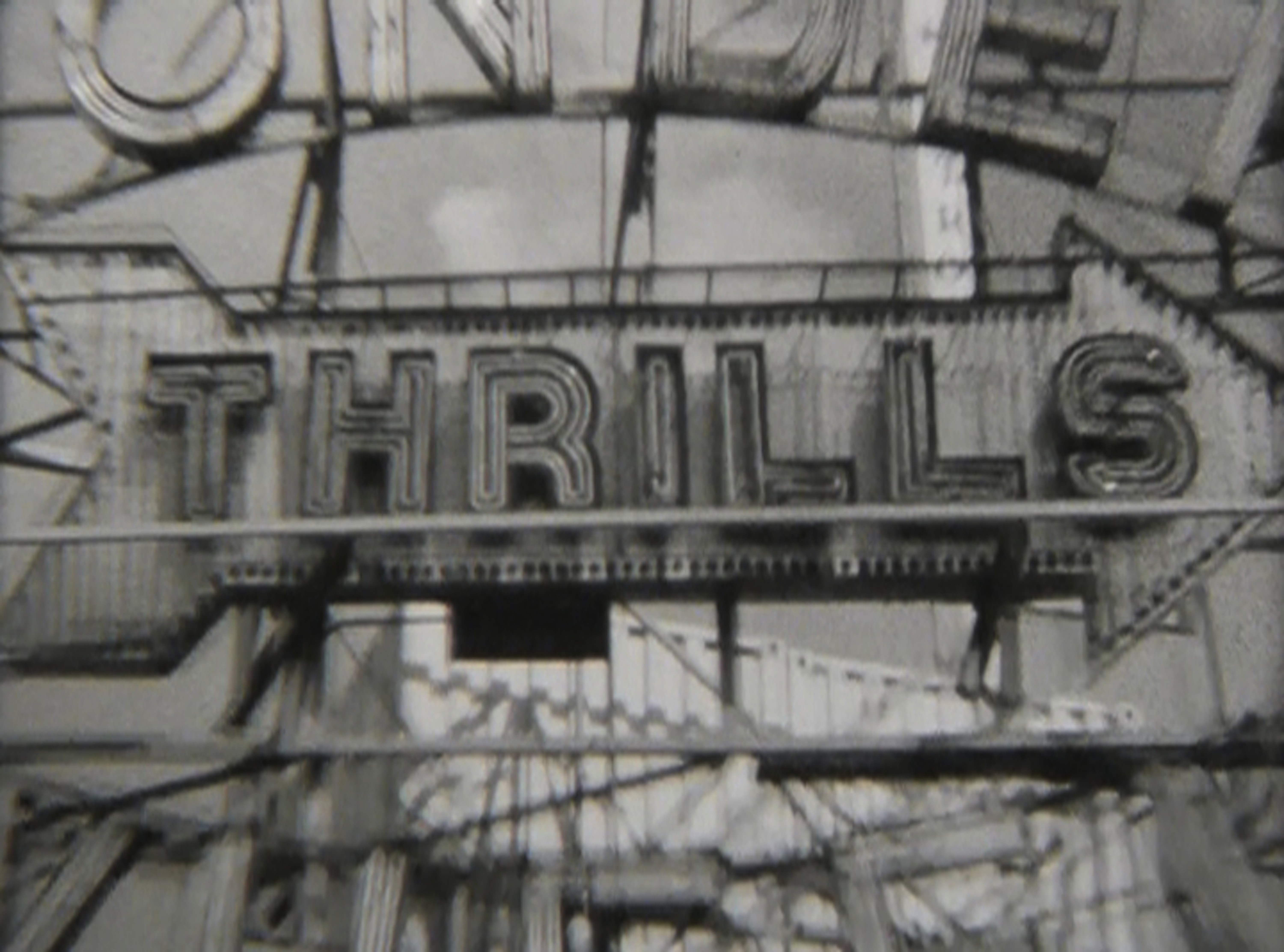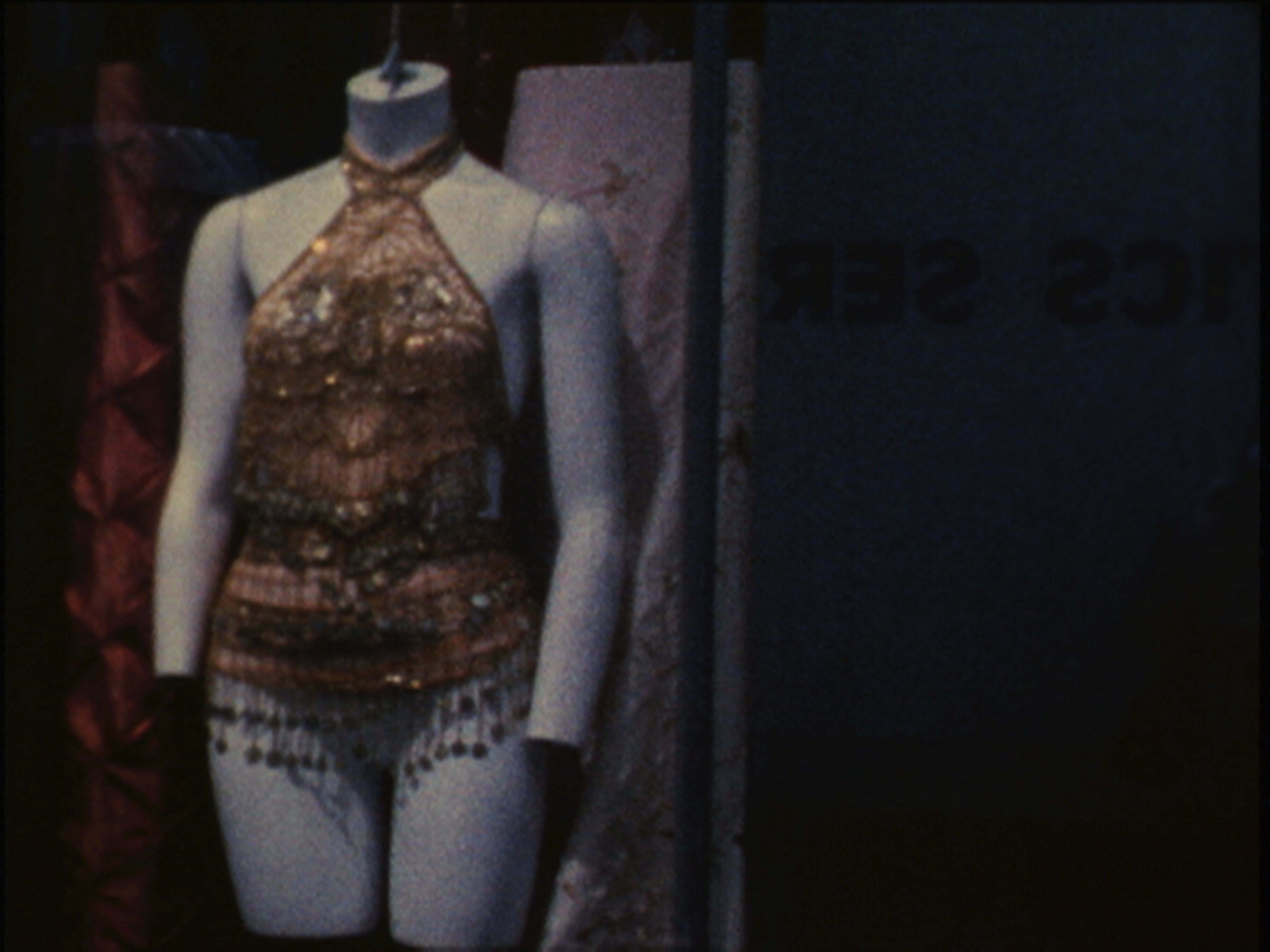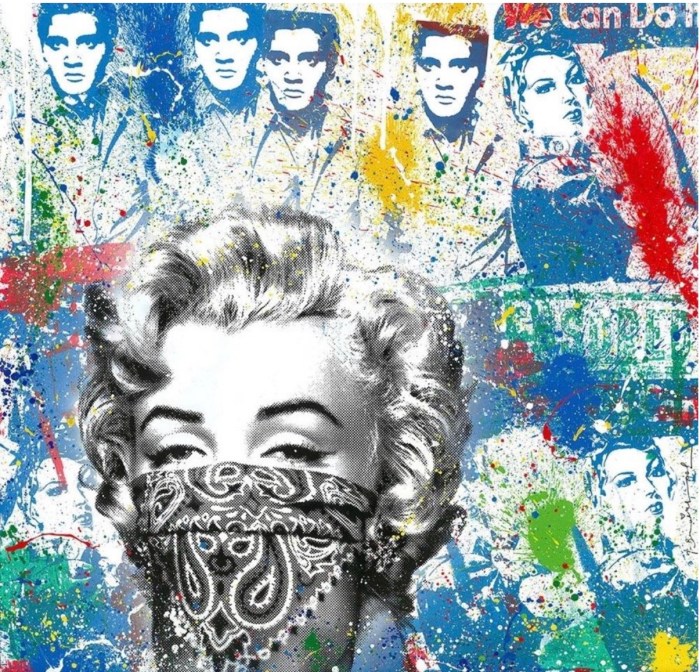
BY SEAN EGAN | “Say you’ve walked by that building a million times, but never saw the sunlight glint that way, or that little piece of graffiti, or the man who is always standing in the window,” Stephanie Gray hypothesizes. “It makes you think of the many stories we don’t know, and how you thought you knew what that was all about, but you were wrong.”
Gray, a poet and filmmaker based in Queens, is not content to simply tell a clear-cut narrative. She has different, perhaps more ambitious goals in mind — to challenge the ways in which audiences view the world around them. This tendency will be made clear June 12-14, when Anthology Film Archives presents a three-night, three-program retrospective of her short film work.
“Many times we think we understand the ‘reality’ of the world, but do we really?” Gray asks. “What if what we think of it isn’t really ‘the truth?’ I’m interested in uncovering those gaps. I’m interested in uncovering our perceptions, and if they were what we thought all along.”
To this end, Gray makes a number of distinctive stylistic and thematic choices.
To start, her films are notable for being just that — films. Gray almost exclusively shoots on Super 8. The grainy, consumer-grade stock gives her films an intriguing, meditative quality. They’re almost ethereal in nature, rendering familiar landscapes foreign and new. Through Gray’s lens, major cities like Buffalo (where she spent the mid-90s to early 2000s) and New York come across as lands out of time, despite the modern signifiers captured on the celluloid. This is not lost on Gray, who praises the film stock’s “home movie” qualities.
“I just don’t connect with what feels like the flatness of video. The Super 8 format, to me, feels like it’s latching onto a distant memory, an excavation of digging beneath memory and perception, to find a hidden truth,” she comments on the differences between modern formats and Super 8. “So it’s part of the mood I’m trying to convey — experimental home movies.”

That’s as an apt description as any for Gray’s work, which is often as personal and revealing as any candidly shot family movie, and as formally ambitious as the best art films. As a queer woman with severe hearing loss, Gray has a unique authorial voice, and often accompanies her films with evocative spoken word pieces and poetry, which could almost double as journal entries. Aesthetically, her films run the gamut from focusing on the hazy, interestingly framed urban landscapes captured on Super 8, to re-appropriated bits-and-pieces of pop culture — oftentimes in tandem, while also incorporating expressionistic sound usage.
This style can be seen most clearly in the retrospective’s first show (June 12), titled, fittingly, “Earlyness: queeahs, bflo, myles, metal, hearing.” In this program of her earlier films, Gray grapples with issues of identity, to beautiful results. “Who Do You Think You Are?,” for instance, perfectly summates the experience of being a confused and rebellious adolescent with a penchant for heavy metal (complete with Metallica on the soundtrack).
One of her most striking films, “Kristy,” is a gorgeously glitched-out examination of queerness, featuring distorted visuals from Kristy McNichol movies, and a slowed down remix of Tony Basil’s “Mickey” that manages to feel ominous and disorienting while still remaining somewhat funky. In a similar fashion, “Never heard the word impossible” takes a closer look at the relationship between sitcom duo Laverne and Shirley, after Gray began to wonder if the two were actually “just roommates” as she thought as a kid. “Those hidden meanings are part of the reason why I make the films,” notes Gray on her use of pop culture artifacts.
The most ambitious piece in this program, however, is “close yr hearing for the cap(shuns),” which at 32 minutes is the retrospective’s longest film. It’s an immersive work that pointedly reflects on the experience of living with hearing loss, featuring memorable visuals, deliberate use of silence and sound, and the playfully deployment of excerpts from “Schoolhouse Rock.”

Her second show (June 13), “What You Thought You Knew/What You Knew You Thought,” highlights a different facet of Gray’s work — notably, live spoken word readings and sound performance. Often, her films will be silent, and then accompanied by Gray reading in person, and/or music (provided this time by Rachael Guma and Jeremy Slater for shows two and three, respectively). All of the films on this second night fit in this mold — though Gray promises to reveal a few brand new film surprises on this evening as well.
Of the interplay between poetry and film that is so important to her work, Gray reveals, “Often there’ll be a distinct image I’ll see, or series of images that intrigue me or pop out from the city’s traffic, and that seems to tell a sort of truth of the city, which normally is not noticeable. When I think about it more, I usually write words to go with it that highlight that mystery.” Later, she observes, “Some of the city films that are of odd shots of the city, that are mysterious, I will often read live, as to read a bit of introspective bits of what I might feel the city might be saying.”
The last show of the retrospective (June 14), “Too lateness: the vanishing new yawk city,” picks up on this thread of the city as a character. In this program, Gray looks outward, lamenting the ways in which New York, as we know it, is disappearing. The theme of cities disintegrating goes back to her Buffalo days, though.
“I first got started in noticing huge parts of that city abandoned. It used to have the biggest office building in the world, and that just blew my mind,” she comments incredulously. “So much of the city was an empty slate, but not really. There were people in the city, but the buildings were left over, like ghosts in some parts.”
Similarly, after moving to New York, Gray began to notice (like many others) that the unique character of the city was being dulled away in favor of more homogenized fare. Concerned, she turned her camera to the rapidly changing city landscape.
“I found shops were closing due to high rents and greedy landlords,” she says. “I wanted to try to film those bits of authenticity as well as the unique street facades that seemed to tell a story.” This third program documents those stories, and the many local mom and pop businesses which have shut down over the years.
Hell’s Kitchen, in particular, gets attention from Gray, in her longer-form film “You know they want to disappear Hell’s Kitchen as Clinton.” Unlike some of her other films, it does not document a specific business, but rather insistently probes at the implications of the city’s drastic changes, and its effects on New Yorkers. This film closes the night, and the retrospective, on a thoughtful note.
“I hope it brings a new way of seeing, as if the camera was your eyes for a moment, and blinking for you, and making you see the city as you haven’t before. Like you are wearing special sunglasses or a third eye,” Gray says of her expectations for the retrospective. Citing the title of her second show, she concludes, “Whether we uncover misperceptions about Kristy McNichol, Joan of Arc, Laverne and Shirley, or the bakery on the corner, I hope to disrupt what you thought you knew and what you knew you thought.”
SUPER 8MM POETICS: THE FILMS OF STEPHANIE GRAY
June 12–14, 7:30 p.m. nightly
At Anthology Film Archives
32 Second Ave. (at Second St.)
Tickets: $10
Available at the box office only (30 minutes prior to show)
Visit anthologyfilmarchives.org
Call 212-505-5181

















